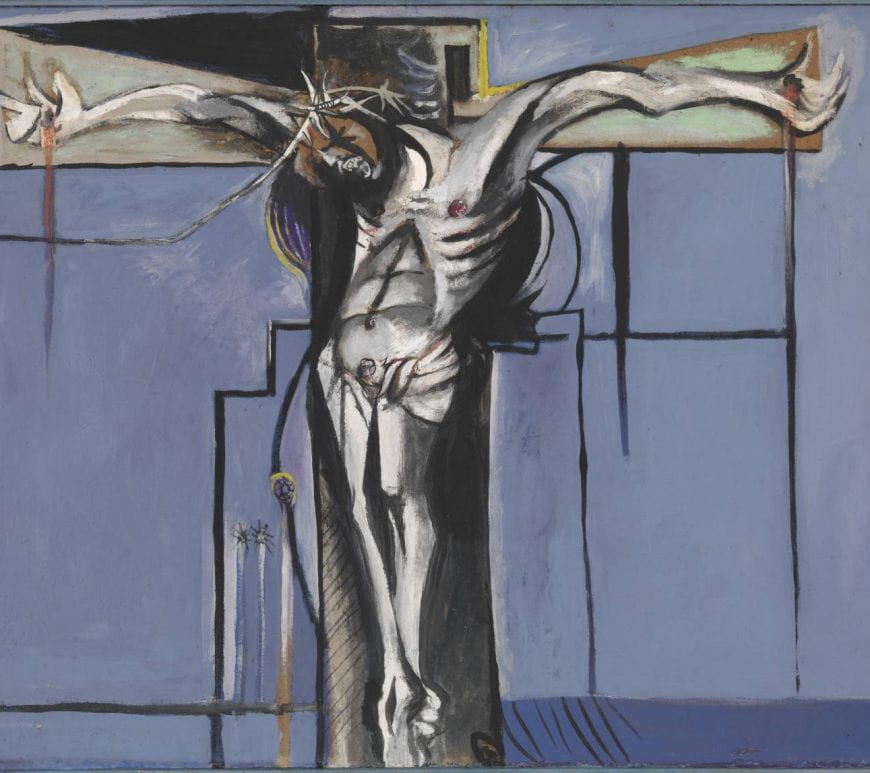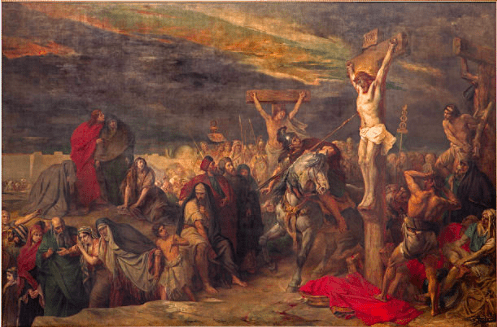
Dreams, Movies, Photography: Knowing the Unknowable
In Regarding the Pain of Others, Susan Sontag describes a shift in how we perceive catastrophes: “A catastrophe that is experienced will often seem eerily like its representation. The attack on the World Trade Center on September 11, 2001, was described as “unreal,” “surreal,” “like a movie,” in many of the first accounts of those who escaped from the towers or watched from nearby. (After four decades of big-budget Hollywood…





